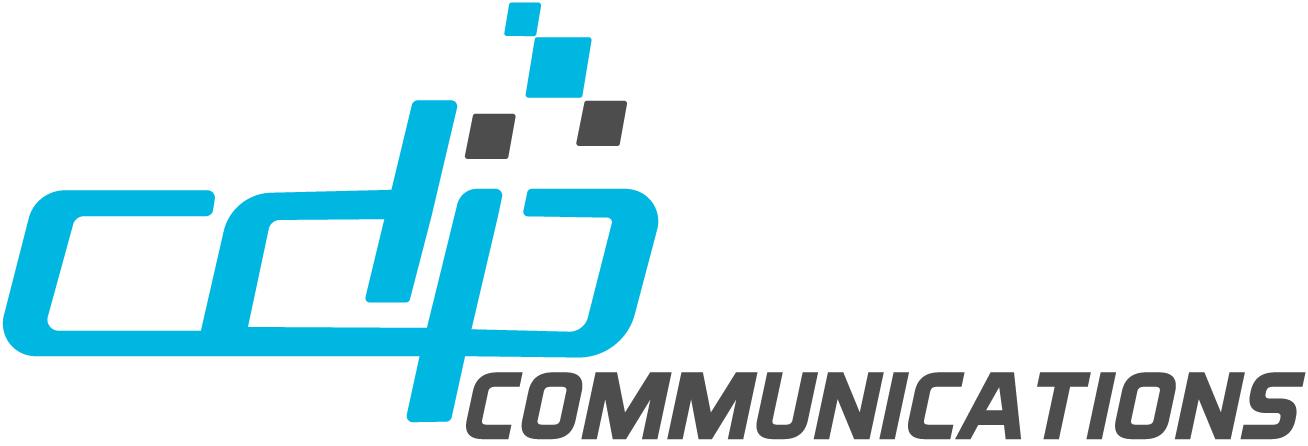There is a new PDF UA standard that is coming: ISO 14289-2 or PDF/UA-2. The PDF Association recently announced in the article ISO 14289-2 (PDF/UA-2), the introduction of this new standard, underscoring the importance of creating accessible PDF files regardless of their origin. PDF files are indispensable for sharing vast amounts of crucial content worldwide. Whether utilized by businesses, government bodies, or individuals, PDFs must be accessible to all.
The updated PDF/UA-2 brings several enhancements, including detailed rules for semantic information and incorporating new PDF 2.0 features. It emphasizes that combining PDF/UA with WCAG (Web Content Accessibility Guidelines) ensures a comprehensive approach to digital document accessibility.
PDF/UA-1 to PDF/UA-2 Standard Evolution
Transitioning from PDF/UA-1 to PDF/UA-2 is akin to receiving a major software update. This transition introduces new features, resolves existing challenges, and facilitates ease of use, addressing new accessibility requirements.
Major Improvements in PDF/UA-2 Standard
PDF/UA-2 builds upon its predecessor by introducing comprehensive guidelines that encompass several critical areas:
Structure Element Attributes: It sets detailed rules for using significant attributes to ensure PDFs accurately convey both meaning and structure. This ensures elements within a document maintain their intended semantics, enhancing accessibility.
Annotations: The standard introduces comprehensive requirements for annotations, ensuring they are accessible and properly interpreted by assistive technologies.
Compatibility with PDF 2.0: PDF/UA-2 bridges the gap between structure elements defined in earlier versions of PDF and those in PDF 2.0. This integration facilitates the use of new features such as the Associated Files feature, which enhances the addition of non-PDF content, thereby improving document accessibility.
Technical Improvements and New Features
PDF/UA-2 significantly advances the specification with the introduction of new tags such as DocumentFragment, FENote (replacing Note), and tags for emphasizing content (Em and Strong). It also modifies existing tags to better accommodate modern document structures and content types, reflecting a deeper alignment with PDF 2.0. For instance, Figure tags can now contain sub-structures, enabling more detailed description of complex images or diagrams.
One notable improvement is the standard’s approach to headings. Unlike in PDF/UA-1, PDF/UA-2 allows for skipping heading levels under certain conditions, offering more flexibility in document organization without compromising accessibility. This is particularly useful in scenarios involving document fragments where maintaining a sequential heading structure may not be practical.
Limitations of PDF/UA-1
While PDF/UA-2 pushes the boundaries of what’s achievable in digital document accessibility, it is essential to recognize its scope and limitations. Although it provides a robust framework for technical accessibility features, it does not dictate content-specific guidelines such as color use or contrast, which can significantly affect accessibility. These areas are instead covered by complementary standards such as WCAG, underscoring the importance of a holistic approach to accessibility.
PDF/UA-2 Collaboration with PDF 2.0 & WCAG
PDF/UA-2 works in tandem with PDF 2.0 and adheres to the principles set forth in WCAG 2.x, promoting a unified approach to document accessibility. This collaboration ensures that adhering to PDF/UA-2 not only meets specific PDF accessibility requirements but also aligns with broader digital accessibility standards.
Summary
Adopting the new PDF UA standard: ISO 14289-2 (PDF/UA-2 )is not just about completing a checklist or selecting a software parameter (which often doesn’t create accessible PDF anyways … but that is another conversation). Creating a digital world that is accessible to all is the focus. This initiative isn’t solely about sticking to the rules, it is about communicating clearly and ensuring that every person, no matter their abilities, can get the information they need.
Remember, it’s not just about following rules. It’s important to ensure our messages are easy to understand. This way, everyone can access the information they need, regardless of their abilities.
While PDF/UA-2 isn’t perfect, its introduction is a big leap toward making sure no one gets left out. Its introduction is a commendable progress in making digital environments more accessible and inclusive.




